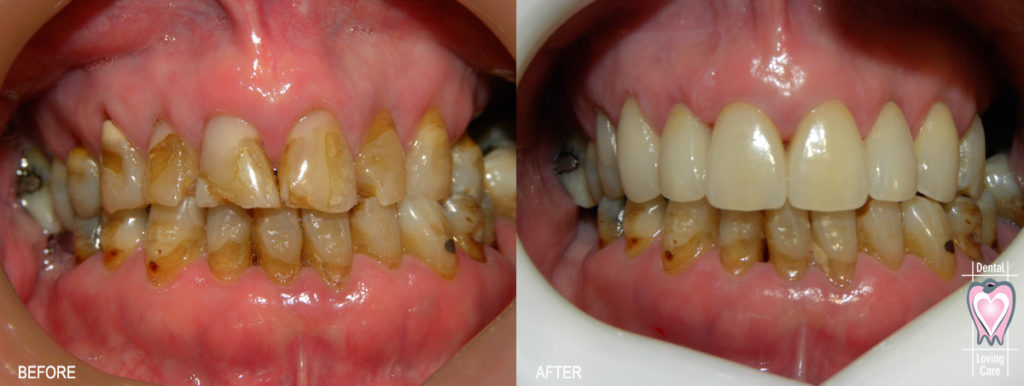
White Fillings
Icon
Composite fillings are a mixture of glass or quartz filler in a resin medium that produces a tooth-colored filling. They are sometimes referred to as composites or filled resins. Composite fillings provide good durability and resistance to fracture in small-to-mid size restorations that need to withstand moderate chewing pressure. Less tooth structure is removed when the dentist prepares the tooth, and this may result in a smaller filling than that of an amalgam. Composites can also be “bonded” or adhesively held in a cavity, often allowing the dentist to make a more conservative repair to the tooth.
The cost is moderate and depends on the size of the filling and the technique used by the dentist to place it in the prepared tooth. It generally takes longer to place a composite filling than what is required for an amalgam filling. Composite fillings require a cavity that can be kept clean and dry during filling and they are subject to stain and discoloration over time.
See below for more information
Gallery
Click photo to enter our gallery of before and after shots
Click here to view videos
Ionomers
Glass ionomers are translucent, tooth-colored materials made of a mixture of acrylic acids and fine glass powders that are used to fill cavities, particularly those on the root surfaces of teeth. Glass ionomers can release a small amount of fluoride that may be beneficial for patients who are at high risk for decay.
Glass ionomers are primarily used in areas not subject to heavy chewing pressure. Because they have a low resistance to fracture, glass ionomers are mostly used in small non-load bearing fillings (those between the teeth) or on the roots of teeth.
Resin ionomers also are made from glass filler with acrylic acids and acrylic resin. They also are used for very small, non-load bearing fillings (between the teeth), on the root surfaces of teeth, and they have low to moderate resistance to fracture.
Ionomers experience high wear when placed on chewing surfaces. Both glass and resin ionomers mimic natural tooth color but lack the natural translucency of enamel. Both types are well tolerated by patients with only rare occurrences of allergic response.



